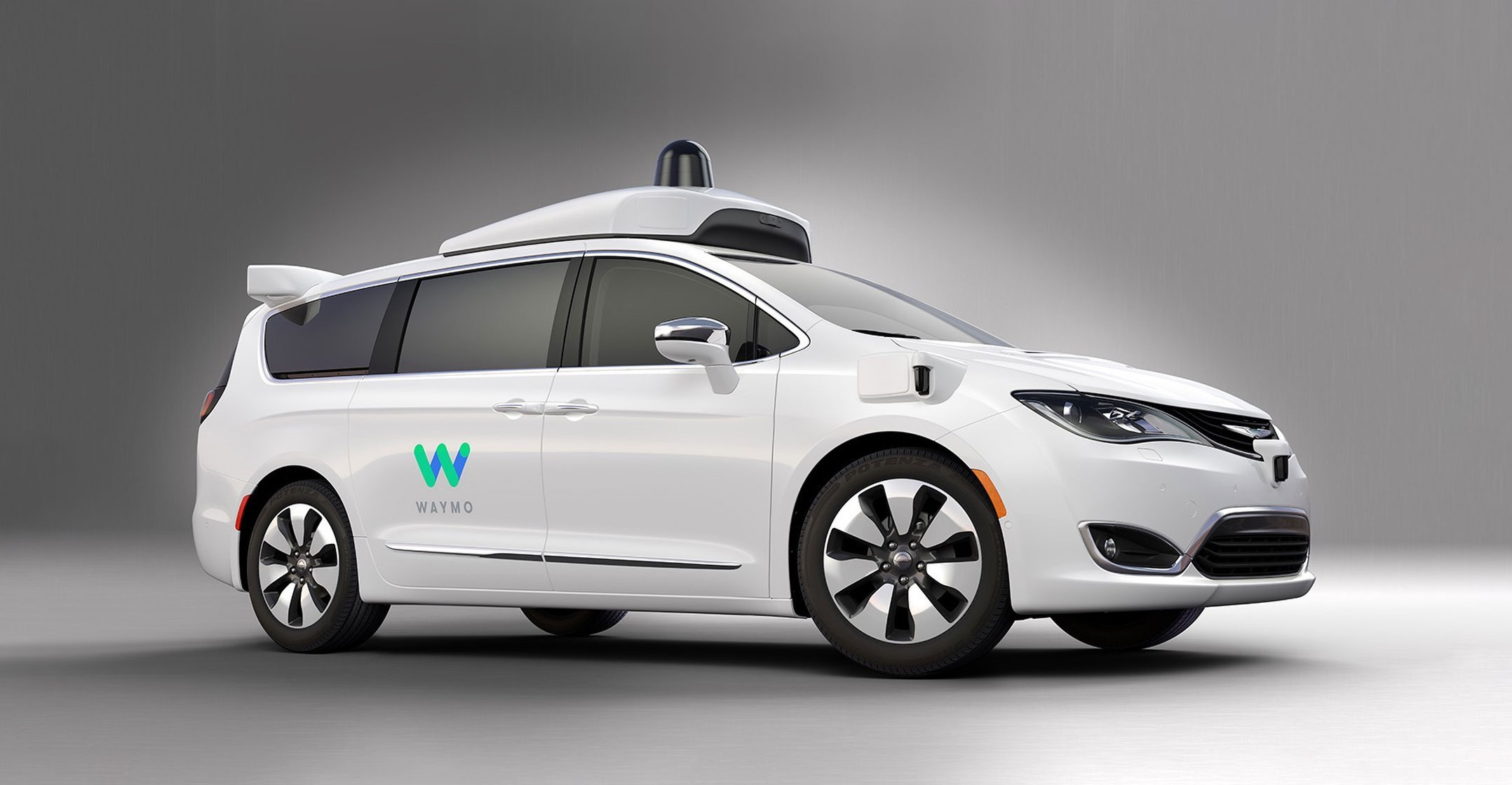
At CES this year, Bosch finally showed something that frankly should have led the self-driving car conversation from the start: an autonomous public transit shuttle. I’ve long been of the opinion that if self-driving vehicles can gain traction anywhere, it will be for public transport.
Firstly, public transport is routine and on set routes, so AI drivers could be trained easily to handle this. In fact, I know this is true — I was living in Dubai when it launched the world’s first autonomous subway system. Those trains drive themselves with incredible accuracy and ease.
Secondly, public transport is a loss maker, so it’s the perfect place to implement some efficiencies. I doubt it would ever turn a profit, but public services shouldn’t be measured by profit motives. Regardless, there are clear gains to be made and thus motivation to invest.
Thirdly, autonomous vehicles will be expensive, plus nobody has yet explained how the automotive industry will survive once economies of scale collapse around it — and that is a near certainty if driverless cars reduce the car-buying population by several factors. We’re all buying the dream, but nobody is talking about who will actually pay for it. In contrast, public transport can be paid for via taxes. It’s a much more effective way to build ecosystems for self-driving vehicles (likewise I also think electric vehicles should focus on public transit systems).
Lastly, for all the hubris around self-driving cars and their supposed effect on congestion, we need a lot of smart infrastructure to really create such real-time managed environments. But look at smart city projects: they are far from these ideals. Not just technologically, which is the simple part: strategic and management cultures need to undergo major shifts. There needs to be a clear relationship between city management and driverless environments.
Serious attention
So, it’s great to finally see some serious attention here. But as I look at Bosch’s design, I can’t help but ask: where does the driver sit?
Don’t be asinine, you might respond. It’s a driverless car. Yes, that’s true. Yet there are two things to consider. First, you need staff on board to handle passenger concerns and to take over if something goes wrong. Those Dubai trains still have consoles that could be opened if someone had to take manual control, and they were staffed by people who could do so if required.
Second, we can’t ignore the social and political costs of removing public transit jobs.
Right now, self-driving vehicles are a folly, like an ornate building made to look like something it isn’t. For example, stables made to look like castles — the Victorians were really into this aesthetic. But for all the pomp, those barns remained barns.

I’m deeply convinced self-driving cars have a similar problem. We like how they look and sound, but we also confuse their utilitarian impact. One, as I mentioned earlier, is the impact on the manufacturing scale that make cars affordable in the first place. The other is the social impact on jobs. Glib rebuttals about “upskilling” are not nearly sufficient to answer this concern.
Yet instead we’ve taken to lying to ourselves. Self-driving cars are cast as a potential consumer market, because that conveniently ignores the problems of mass unemployment if you altered vehicles in the service industry (such as truckers, couriers and public transport).
We also focus all our energy on how autonomous vehicles will solve traffic congestion, which frankly is not a proven fact and, at best, a short-term solution.
A more realistic approach is to improve public transport’s availability and reliability — even in cities such as London the vast majority of transit is in private cars (more than 70%, according to the book Rush Hour). If you want to solve traffic problems, mass public transit is the answer. But automating such transit means cutting jobs and nobody wants to have that conversation.
Yet who said we should get rid of the drivers, at least in the short term? Laws will require someone to take responsibility in a vehicle, because we’re not about to hand liability to a machine. So while Bosch’s idea is inspiring, it’s still wrong. It’s focusing on eliminating the driver, which might be fine for Germany but won’t fly elsewhere. If you think taxi drivers hate Uber, wait till they see taxis that don’t need drivers at all.
Marketing fodder
We are being too enthusiastic about autonomous vehicles without considering the larger implications. We’re being eager, but not smart. We’ve forgotten how radically mechanised vehicles changed our urban worlds in the first place (and, trust me, it’s more radical that you imagine). We also forget that the companies developing self-driving cars are not interested in social dynamics or smooth transitions. They see it as a revenue stream and it’s their marketing fodder informing our views, not the social pressures of our societies.
Pundits gobble this up with glee because they keep framing the potential problems (such as pollution, congestion and lost productivity) and ignore highly likely consequences we ought to be considering.
There is no guarantee that self-driving cars are a foregone conclusion. We just think so because we believe the hype. But start asking the serious questions and you realise we have very few answers. Maybe we should start by not simply ejecting drivers from the equation.




